T4K3.news
Chinese researchers find natural graphene in Moon samples
Discovery could reshape future lunar exploration and resource utilization.
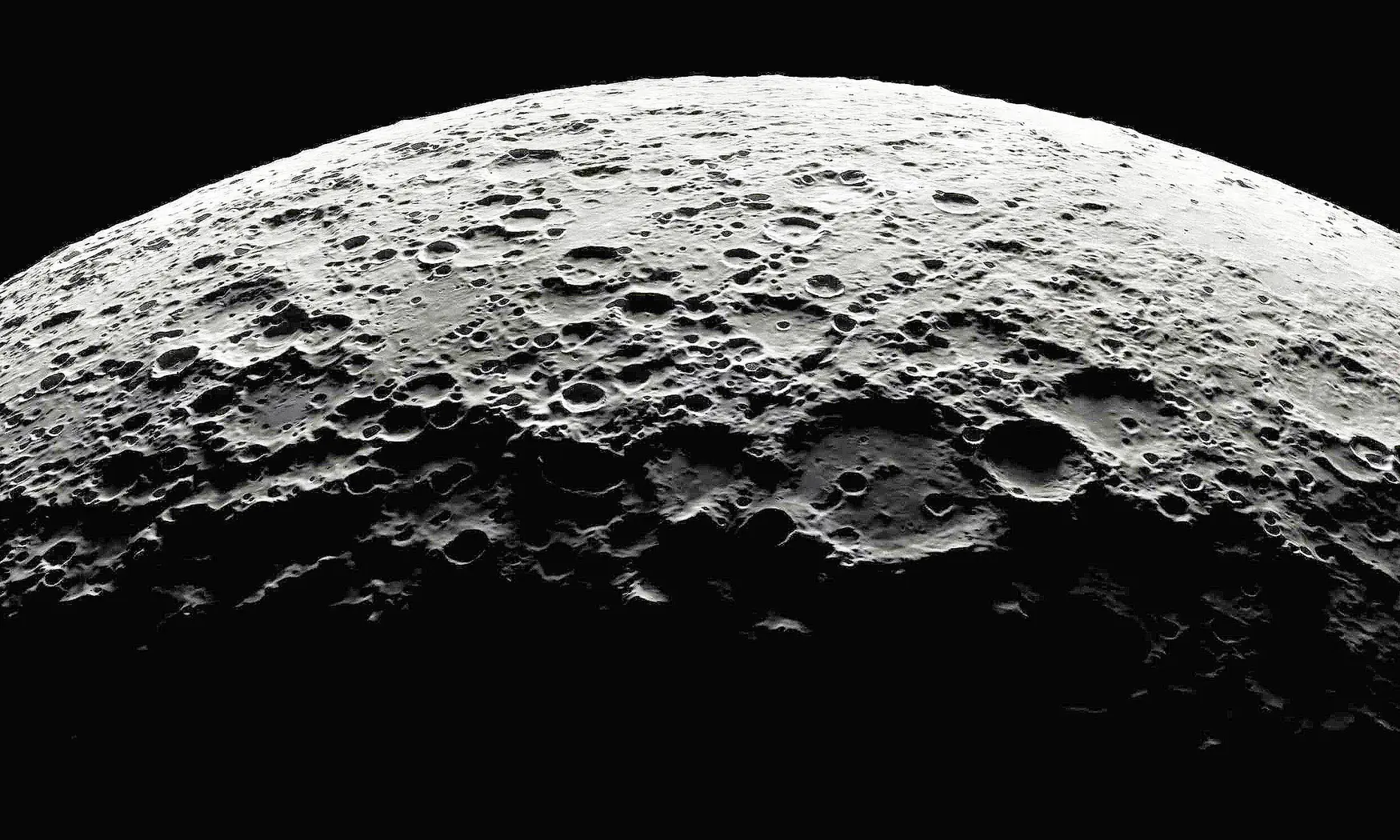
Chinese researchers have found natural graphene in Moon samples, suggesting new possibilities for exploration and resources.
Discovery of carbon in lunar samples reshapes understanding of the Moon
Chinese researchers have made a groundbreaking discovery in Moon dust returned by the Chang’e-5 mission. They identified layers of graphene, a form of carbon, that challenges previous notions about the Moon's formation. Lead author Wei Zhang notes that this finding could influence theories on the Moon's birth and the planning of future lunar missions. Historically, scientists believed the Moon lacked significant carbon, indicating a dry origin from a colossal impact with Earth. However, this view shifted when Japan's Kaguya spacecraft revealed carbon presence across the Moon's surface. The new findings suggest carbon could play a crucial role in volcanic activity and future lunar engineering projects.
Key Takeaways
"This finding could reshape ideas about lunar birth and guide resource plans for future crews."
Lead author Wei Zhang highlights the importance of the discovery for future lunar exploration.
"Finding natural few-layer graphene on the Moon opens new questions about how carbon behaves in space."
The study reveals unexpected insights into lunar geology and chemistry.
"The presence of carbon hints at complex chemical processes rather than a simple impact event."
The research suggests a rich history of geological activity on the Moon.
The implications of finding natural graphene in lunar samples extend far beyond scientific curiosity. This discovery may alter the narrative of the Moon's history, specifically regarding its carbon content. If significant carbon exists, it opens avenues for lunar resource utilization, including potential production of materials vital for long-term habitation. Moreover, the role of solar wind in creating carbon-rich minerals adds another layer to our understanding of extraterrestrial geology. As lunar exploration intensifies, insights like these will shape missions targeting sustainable presence beyond Earth.
Highlights
- Graphene changes everything we thought we knew about the Moon.
- The Moon may still be capturing carbon, reshaping its narrative.
- Lunar resources could be more abundant than we imagined.
- Future missions will explore untapped lunar potential.
Potential implications for lunar resource management
The discovery of carbon in lunar samples could inspire both public and private sector interest in lunar resource extraction, raising attention to budgetary priorities and sustainability debates.
As lunar missions continue, further exploration could lead to major advancements in our understanding of the Moon's resources.
Enjoyed this? Let your friends know!
Related News
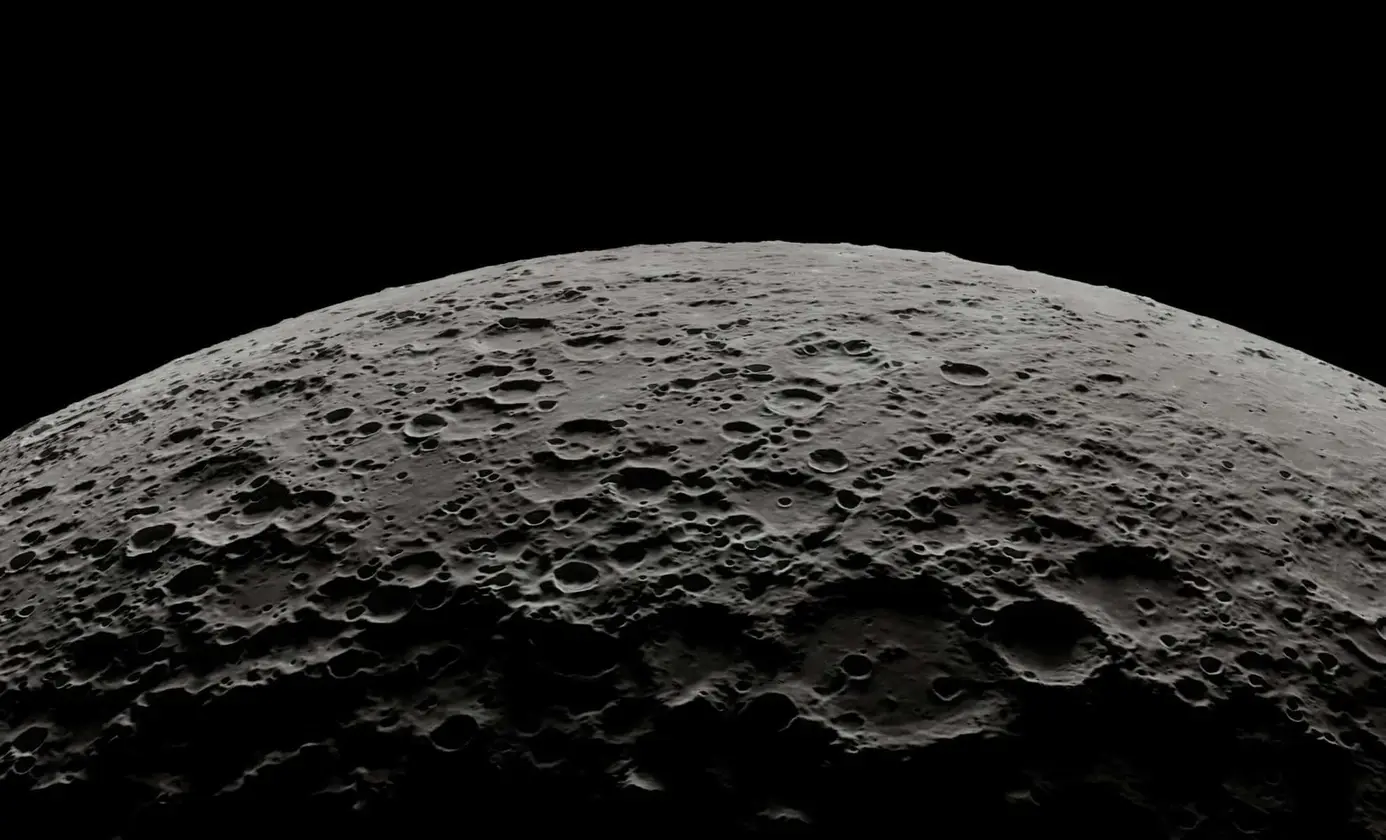
Study reveals Moon's protective surface features

Denver Museum Discovers Rare Dinosaur Fossil

Quasi Moon Near Earth Confirmed
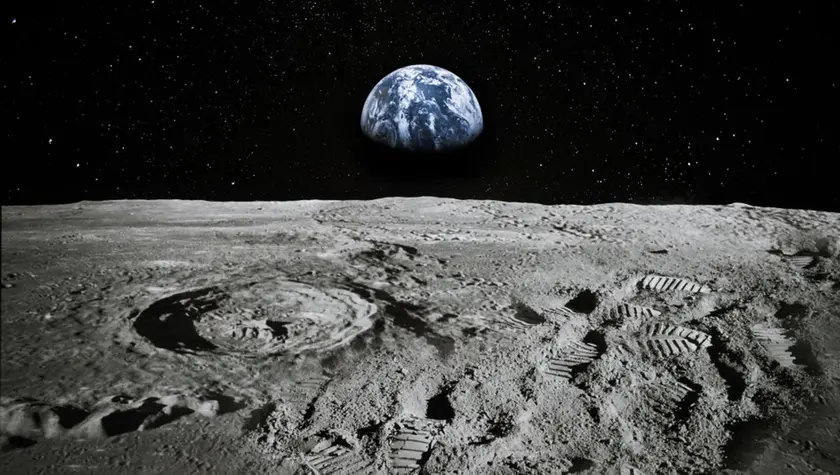
New technique developed for lunar base
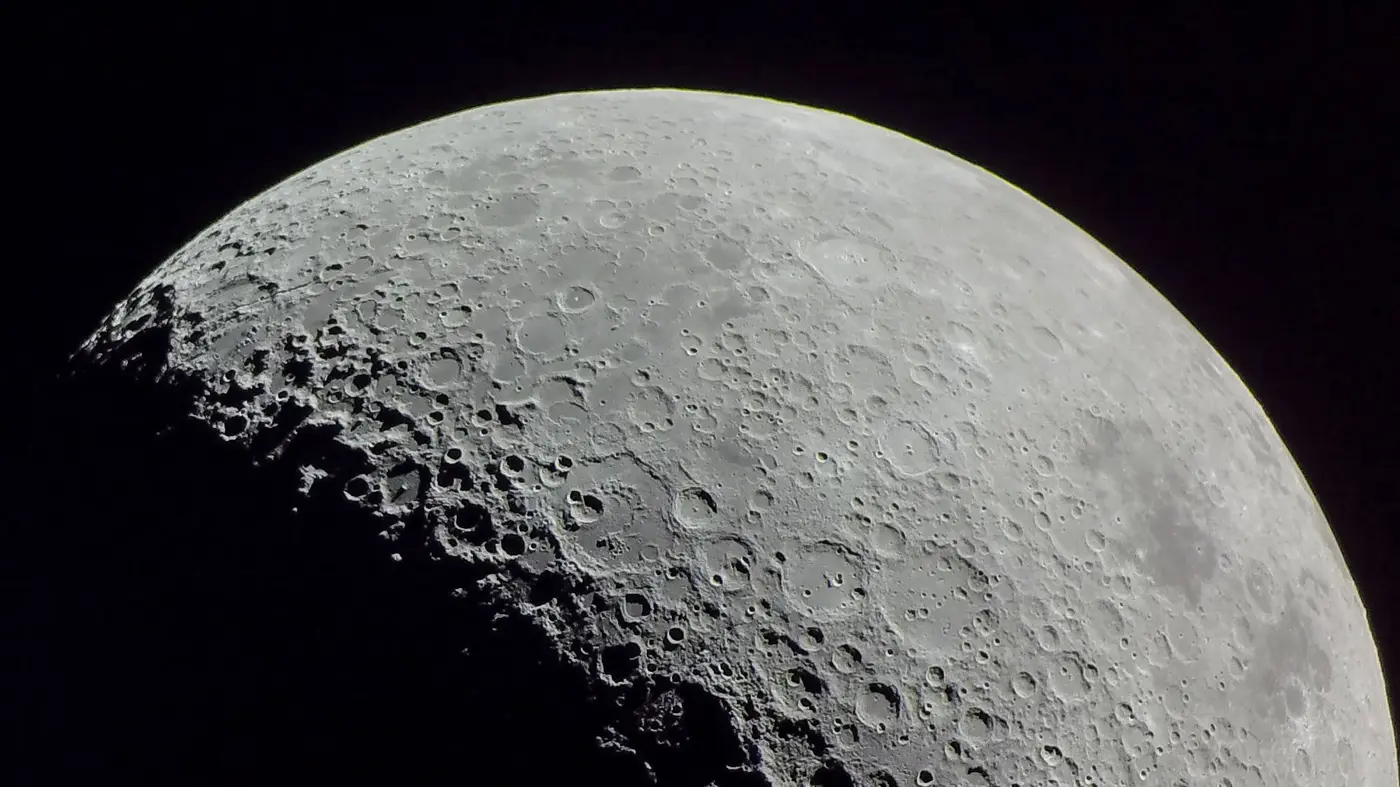
Scientists develop method to extract water from moon soil
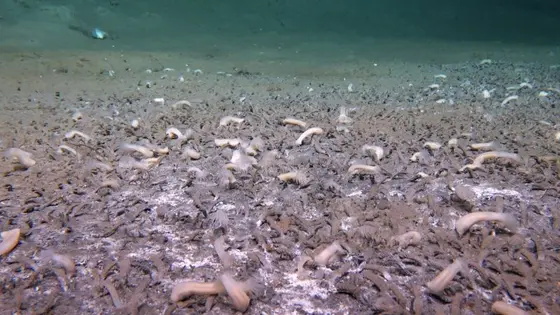
Deep sea find reveals methane fueled ecosystem in hadal trenches

Sun powered lunar bricks push toward a Moon base

Major Study Identifies Age 50 as Crucial Aging Milestone
